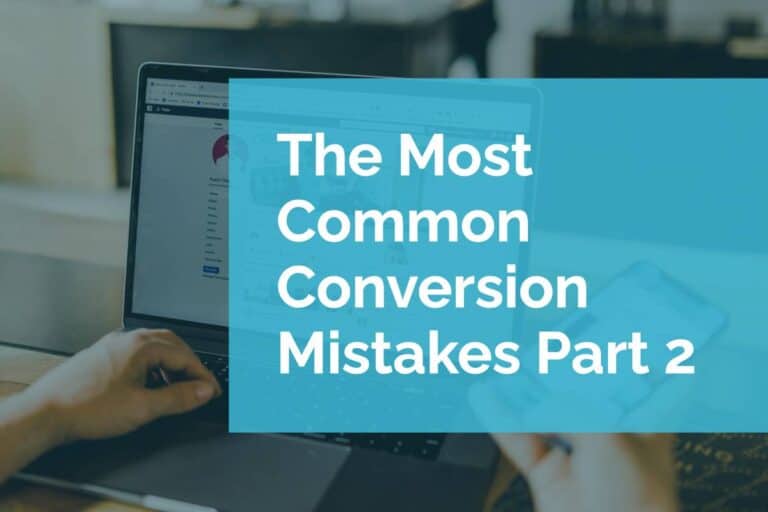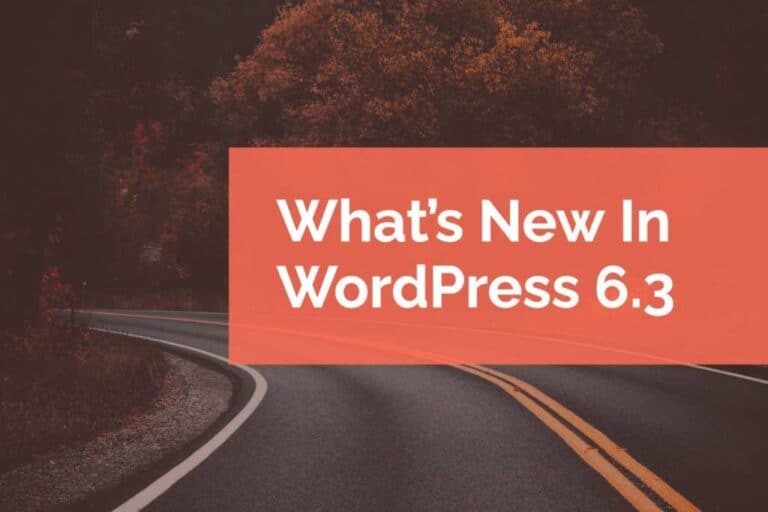Knowing Which Events To Track and Avoiding Data Overload
Google Analytics tracks an incredible amount of data. While a wealth of information can be great, it can also be overwhelming. So how can you sift through the data to find what you need to make informed decision to improve your website’s user experience?
Be judicious about Event tracking.
Determine Which Events to Track
It is tempting to track and review all the data available to you. But like a kid set loose in a candy store, you’ll get sick if you eat everything. Take a moment to evaluate your goals. Then decide which events are useful to evaluating that goal. Let’s say your goal is to improve conversion for a form in your website’s footer. The information that will be useful to you includes:
- How many users scroll all the way to the form (what percentage of users even see the form).
- How many users click on any of the form fields (how many users at least start the form).
- How many users submit the form (how many users achieve your intended goal).
Knowing how many clicks the main navigation received or how many users clicked the logo to go back home won’t glean any insights into your footer form completions. So when setting up Events to track, limit it to pertinent information.
Only View Useful Data
A common mistake many folks make is accessing all the data at once. You don’t go to a Niagara Falls for a glass of water. Similarly, you shouldn’t use the default Google Analytics dashboard to try to isolate the Event data you want to analyze. You can create Google Analytics Custom Dashboards to focus the data down to just the information you’d like to see. Keep all the shiny, peripheral distractions to a minimum.
The simple formula for Event tracking success is knowing what data to track, then isolating that data for review. Once that is set up, you can evaluate your goal and make informed decisions on how to improve design, UX, and flow to maximize your success.






